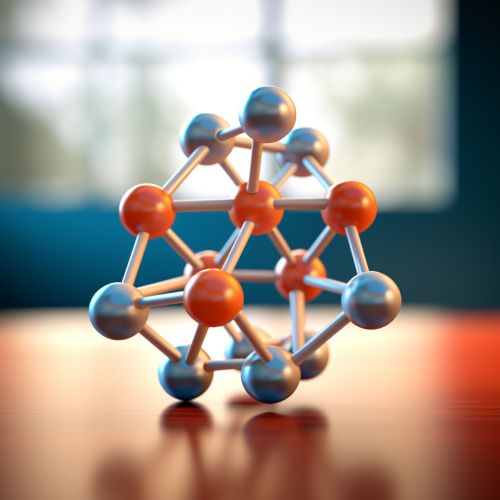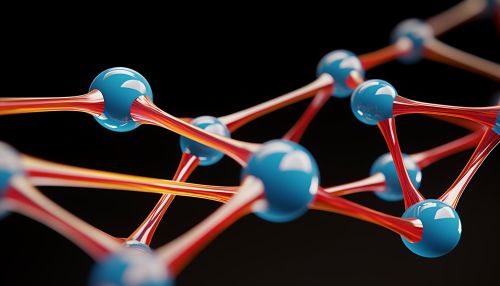Cyclic adenosine monophosphate
Overview
Cyclic adenosine monophosphate (cAMP) is a derivative of adenosine triphosphate (ATP) and used for intracellular signal transduction in many different organisms, conveying the cAMP-dependent pathway. It is involved in the activation of protein kinases and regulates the effects of adrenaline and glucagon. cAMP also binds to and regulates the function of ion channels such as the HCN channels and a few other cyclic nucleotide-binding proteins like Epac1 and RAPGEF2.


Discovery
cAMP was discovered in 1958 by Earl Wilbur Sutherland Jr., who won the Nobel Prize in Physiology or Medicine in 1971 for this work. Sutherland's research on the role of cAMP in intracellular communication has formed the foundation for much of the contemporary understanding of cellular signaling.
Biochemistry
cAMP is synthesized from ATP by adenylate cyclase located at the cell membrane. Adenylate cyclase is activated by a range of signaling molecules through the activation of adenylate cyclase stimulatory G (Gs)-protein-coupled receptors. Adenylate cyclase is inhibited by agonists of adenylate cyclase inhibitory G (Gi)-protein-coupled receptors. Liver adenylate cyclase responds more strongly to glucagon, and muscle adenylate cyclase responds more strongly to adrenaline.
Role in eukaryotic cells
cAMP is a second messenger, used for intracellular signal transduction, such as transferring into cells the effects of hormones like glucagon and adrenaline, which cannot pass through the plasma membrane. It is also involved in the activation of protein kinases; in addition, it regulates the gating of ion channels and controls some metabolic enzymes.
Role in bacteria
In bacteria, cAMP is involved in the ability of the organism to use certain sugars, and it may also be involved in the process of transferring DNA between bacteria (conjugation). In both cases, the cAMP signal is generated by a protein called adenylate cyclase, which is activated by a variety of signals.
Role in human health
cAMP plays a crucial role in human health and has been the focus of various research studies. It is involved in a number of processes related to cardiovascular function, including inflammation, myocardial contractility, and smooth muscle relaxation. Abnormalities in cAMP signaling have been linked to a variety of diseases, including heart disease, diabetes, and depression.
